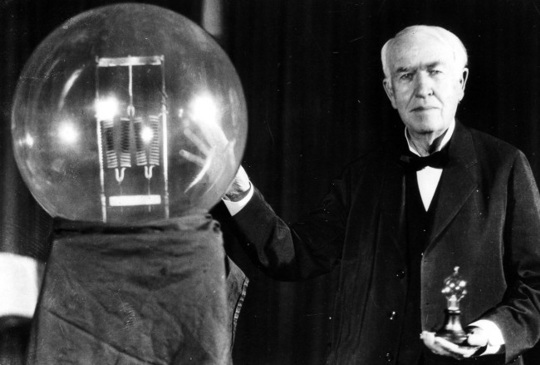Edison testa la lampadina ad alta resistenza
21 ottobre 1879 (143 anni fa)

Edison testa la lampadina ad alta resistenza: A un anno dall’invenzione del chimico inglese Joseph Wilson Swan, il primo a brevettare la lampada a incandescenza, Thomas Alva Edison riuscì a testare positivamente una lampadina a filamento sottile di carbonio, ad alta resistenza e di maggiore durata rispetto a quella di Swan.
Ottenuto il brevetto nel 1880, iniziò a produrla commercialmente attraverso la “Edison Electric Light Company”. In seguito a una lunga contesa legale con Swan, i due crearono un’unica società che in poco tempo divenne un’azienda leader mondiale nella produzione di lampadine.
Il definitivo passaggio alla lampadina moderna avvenne nel 1910, quando il fisico americano William David Coolidge utilizzò i filamenti di tungsteno, che assicuravano una maggiore durata rispetto a quelli in carbonio.





